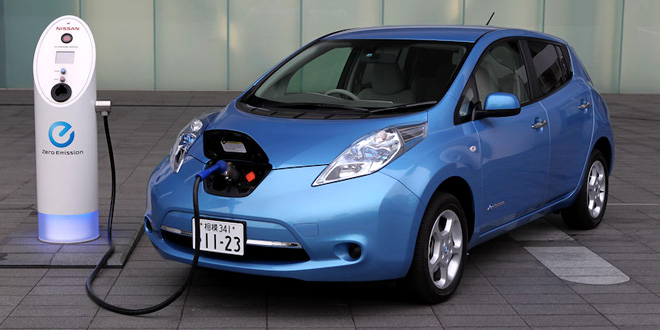Highlights
- An electric car takes about 10-12 units to charge
- One charge would take you around 85-90km
- We are breathing 11,000 litres of bad air every day, says Gul Panag
New Delhi: As air pollution becomes a topic of discussion, and government aims to end the sale of petrol and diesel cars completely by 2030, talking to NDTV actor Gul Panag, a lover and a huge advocate of electric vehicles (EV)s, Gul champions the cause of electric vehicles. She not only considers an e-car safe, but a fun car to drive. Gul who has been driving an e-car from almost three years shares her experience of riding an e-car and speaks on how practical, safe and cheap an EV is.
I tested this car as a jury member long back and I enjoyed it and I figured that if it can be my daily commuter, it would be really good. That’s why I actually got it. In December, I will complete three years of driving an EV and I have to say, it is very fun car to drive. It is quick, it is compact, and it is perfect for local commute.
An EV use electricity stored in a battery pack. Just like we charge our mobile phones, we need to charge batteries to use an EV. Charging EV batteries is not a tough task as it just needs simple grid electricity, either from a wall socket or a dedicated charging unit. Talking about charging batteries, Gul says,
Charging depends on your daily usage. According to a report I read in a magazine, India’s daily average commute is about 25-30km. One charge would take you around 85-90km, which means you need to charge it twice a week.
Currently, we don’t have that public infrastructure where one can charge their car whenever and wherever they want. Like Gul has a charging point in her parking and it is convenient for her to charge her car, but this is not the case with everyone. Many people don’t even have a proper parking, so charging a vehicle becomes an issue.
On the public infrastructure, as far as charging is concerned, there needs to be a policy clarity. Today the government is the only seller of power and electricity. As time goes by, we would need other players to enter the market and that can perhaps happen through a public-private partnership model, says Gul.
No doubt, an EV is an expensive piece of technology, but day to day running cost is a lot cheaper. The electric car takes about 10-12 units to charge. If we say that the cost of electricity is ₹10 per unit, the charge will cost ₹100 and one charge would take you around 85-90km.
Also Watch:
When it comes to using an EV, one of the common myths is that it is not safe. Breaking the myth and clearing the doubt regarding safety, Gul says, every car on this road needs to comply with the motor vehicle act stipulated safety norms. It is as safe as compared to any other car on the Indian road in this segment.
All said and done, one of the main advantages of an EV is that it does not release tail pipe air pollution at the place where they are operated. It is not only cost-effective, but also eco-friendly.
The average human being consumes say 3-3.5 plates of food, drink 3-4 litres of water and consume 7-8 litres of air per minute. Given the density of population here and given the pollution levels and particulate matter in our air we are breathing 11,000 litres of bad air every day, says, Gul.
Ultimately for electric cars, it is a perception battle. We need to start thinking about it. As an individual, we need to weigh the pros and cons and understand the government’s ambitious plan of having 100% e-vehicles by 2030. Talking about the government’s plan and how achievable it is, Gul says,
Even if we end up achieving a passenger of segment, say 40%, we will still be the largest EV nation. Even if we achieve 40% of the target, we buy 7 million cars in India. That is on the passenger segment front. In buses and two-wheelers segment, it is 100% achievable target.
Also Read: Bio-Fuel Would Boost Agriculture, Create Jobs, Cut Pollution: Union Transport Minister Nitin Gadkari
I think the best argument is, it is fun to drive and it is very compact. It allows you to park wherever you want, without doing too much effort and I think that to me is the best argument and of course while you are doing that, you are doing a little bit to save the environment, signs of Gul.
Also Watch:




























